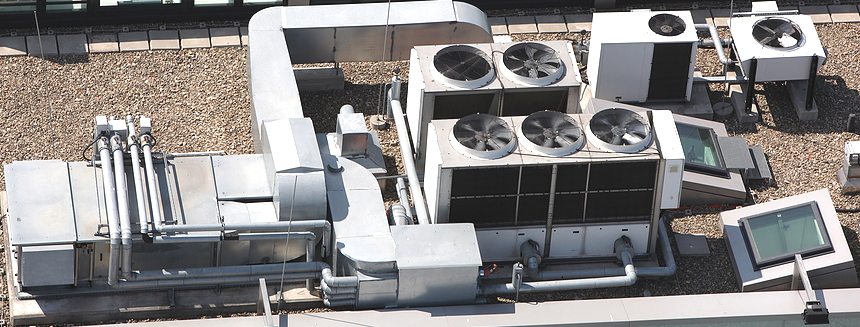Lenze Frequency Inverter
Lenze frequency inverter drives are used in a wide variety of industries including materials handling, packaging, robotics and automotive. Lenze frequency inverterproducts are carefully coordinated and matched and can be combined as required to provide the right solution for mostneeds. Lenze frequency inverter drivescombine reliability with quality to enable Lenze to help increase the productivity for mechanical engineers and machine operators.
Lenze frequency inverterdrives are used for electronic speed control of AC induction motors. The needs of the market are wide and varied, and Lenze offers a broad range of standard products for everything from simple speed control to complex; each with a wide range of functionality, small physical size and exceptional performance. Lenze frequency inverterdrivesare reliable, flexible to apply, easy to commission, and meet the highest standards of quality. Lenze frequency inverter drives provide solutions to fulfill nearly any variable frequency drive needin the power range between 0.25 kW and 400 kW.
SMVector Lenze Frequency Inverter
The SMVector of Lenze frequency inverter drives is Lenze’s most advanced product. Lenze’s tradition of innovative compact design, performance and flexibility make the SMVector an attractive solution for a broad range of AC Motor applications. Lenze drives feature several communications protocols, networking drives and components into a system solution that can be done now or in the future.The Lenze SMVector NEMA 1 drives are the most common and cost effective drive enclosure for a wide range of applications including packaging, material handling / conveying, positive displacement pumping, and HVAC systems.
The Lenze SMVector NEMA 4X drives are available in two enclosure types– one is for indoor only use and one is for indoor/outdoor use. These rugged enclosure options are ideal for many industries including food / beverage, waste water, chemical metering and processing, and pharmaceuticals.The SMVector Series can be used with 3-phase AC induction motors and is available in NEMA 1 (IP31) , NEMA 4X (IP65) and NEMA 4X (IP65) with an integral disconnect switch. Filtered input versions of the SMV are available in NEMA 4X (IP65) models for compliance with the CE EMC directive.
MC1000 And MCH Lenze Frequency Inverter
The MC Series Lenze frequency inverter is an AC Tech legacy product and has been being used in production since the late 1970’s. The MC series Lenze frequency inverter drives are made in the United States and are an inexpensive solution for standard volts per hertz applications. MC Series drives are a common drive solution for pumps, conveyors, and other applications where high starting torque and full torque at low speed (RPM) is not required.
The MC series Lenze frequency inverter drives are built in rugged steel enclosures that hold up to wear and tear in factories across the globe. The AC Tech MC series drives have an easy to read 16 character LCD display above the drive keypad that allows for simple set up and daily operations. MC series Lenze frequency inverter drives are a constant horsepower drive and can be set up for simple applications requiring slow start and slow stop of an AC electric motor.MC series Lenze frequency inverter drives can also be applied in applications that require PID set-point control.
MC series Lenze frequency inverter drives come in two different models; the M1000 Series and the MCH Series. Most industrial applications will use the MC1000 series drive with a keypad that includes start, stop, up, down, forward/reverse, Program/Run, Auto/Manual and Enter buttons.MCH series drives are used in non-reversing industrial applications that require independent switching of start and stop from local to remote. MCH series Lenze frequency inverter drives are also used in applications where speed control from auto to manual is required. The MCH series keypad replaces the forward/reverse button with Local/Remote. Technical documentation for the MC1000 and MCH series Lenze frequency inverter drives can be found on the Lenze Americas Website.
To learn more about Lenze frequency inverter drives or for Lenze Repair and Replacement quotes, contact Precision Electric.







